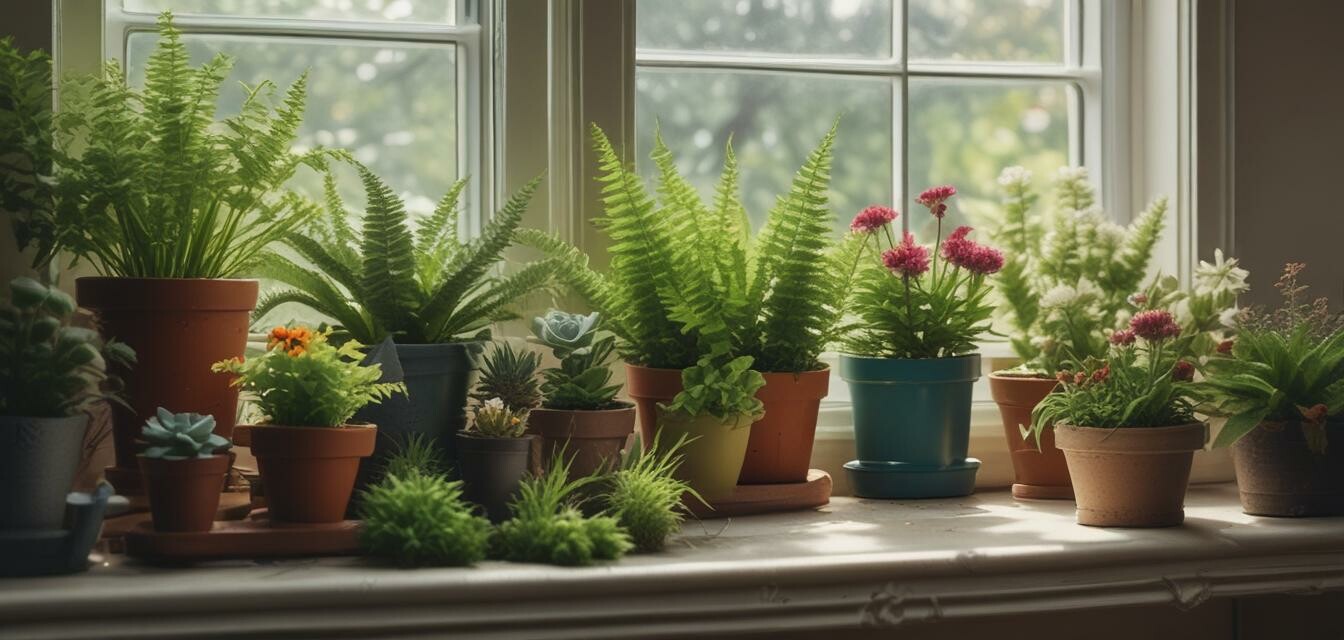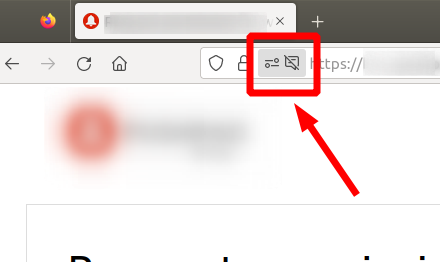
How to Create a Custom Fertilizing Schedule for Your Plants
- Understand the specific nutritional needs of your houseplants.
- Assess your plants' growth cycles to determine ideal fertilizing times.
- Use a variety of fertilizers based on your plant types.
- Monitor your plants' responses and adjust schedules as necessary.
- Regular maintenance leads to healthier, thriving plants.
Creating a custom fertilizing schedule for your houseplants is essential to ensure they receive the nutrients they need for optimal growth and health. This guide will help you tailor a plan to the specific needs of your plants, along with some tips for adjusting it as necessary.
Understanding Your Plants’ Nutritional Needs
Before establishing a fertilizing schedule, it's crucial to grasp the nutritional requirements of your specific houseplants. Different plants have varying needs, often categorized into three main groups:
| Plant Type | Nutritional Needs | Common Fertilizers |
|---|---|---|
| Low-Maintenance Plants | Require less frequent feeding | Balanced liquid fertilizer |
| Flowering Indoor Plants | Need higher phosphorus | Bloom booster fertilizers |
| Rare and Exotic Plants | Special nutrient combinations | Custom blends or organic fertilizers |
Identifying Growth Cycles
Recognizing your plants' growth cycles will aid in determining when to fertilize. Most houseplants have specific growth periods, and fertilizing accordingly can enhance their growth. Generally, plant growth can be categorized into:
- Active Growth: Spring and summer months, when plants thrive and need more nutrients.
- Dormant Period: Fall and winter months; reduce fertilizing frequency.
Assessing Individual Plant Needs
Each plant species has its own ideal fertilizing routine. Here’s a simple framework to create a personalized fertilizing schedule:
- Research Your Plants: Understand their specific needs. You can check our guides on low-maintenance houseplants or flowering indoor plants.
- Choose a Fertilizer: Based on your plant’s needs, select an appropriate fertilizer.
- Establish a Routine: Decide whether to fertilize weekly, bi-weekly, or monthly.
- Monitor Growth: Keep an eye on your plants; their response will inform you if adjustments are needed.
Creating Your Custom Fertilizng Schedule
Once you have all the information you need, it’s time to create your custom fertilizing schedule!
Sample Fertilizing Schedule Table
| Month | Action | Notes |
|---|---|---|
| January | Minimal Fertilizing | Most plants are dormant. |
| February | Begin Fertilizing | Light feeding for early sprouting. |
| March | Full Feeding | Active growth begins; apply fertilizer. |
| April - August | Regular Feeding | Monthly or bi-weekly, depending on plant type. |
| September | Reduce Fertilizing | Prepare for dormancy. |
| October - December | Minimal Fertilizing | Plants are resting—light maintenance. |
Adjusting Your Schedule as Needed
Your plants will communicate their needs through their appearance. Here are some signs to watch for:
- Yellow Leaves: Possibly indicates too much fertilizer or nutrient deficiency.
- Wilting or Browning Edges: May require more frequent watering, not necessarily more fertilizer.
- Stunted Growth: Could mean insufficient nutrients; revisit your fertilizing schedule.
Additional Tips for Success
Care Tips for Plant Fertilization
- Start with half-strength fertilizer when introducing a new schedule.
- Rotate plants in your home to ensure even light exposure.
- Avoid fertilizing dry soil; water plants before applying fertilizer.
- Research specific needs for pet-friendly houseplants or small-space plants.
Conclusion
Developing a custom fertilizing schedule for your houseplants can lead to lush, healthy plants that thrive in your home. By understanding their unique needs and monitoring their growth, you can adjust your plan to help them flourish. Explore more on best practices in our Care Tips section for continuing guidance.

